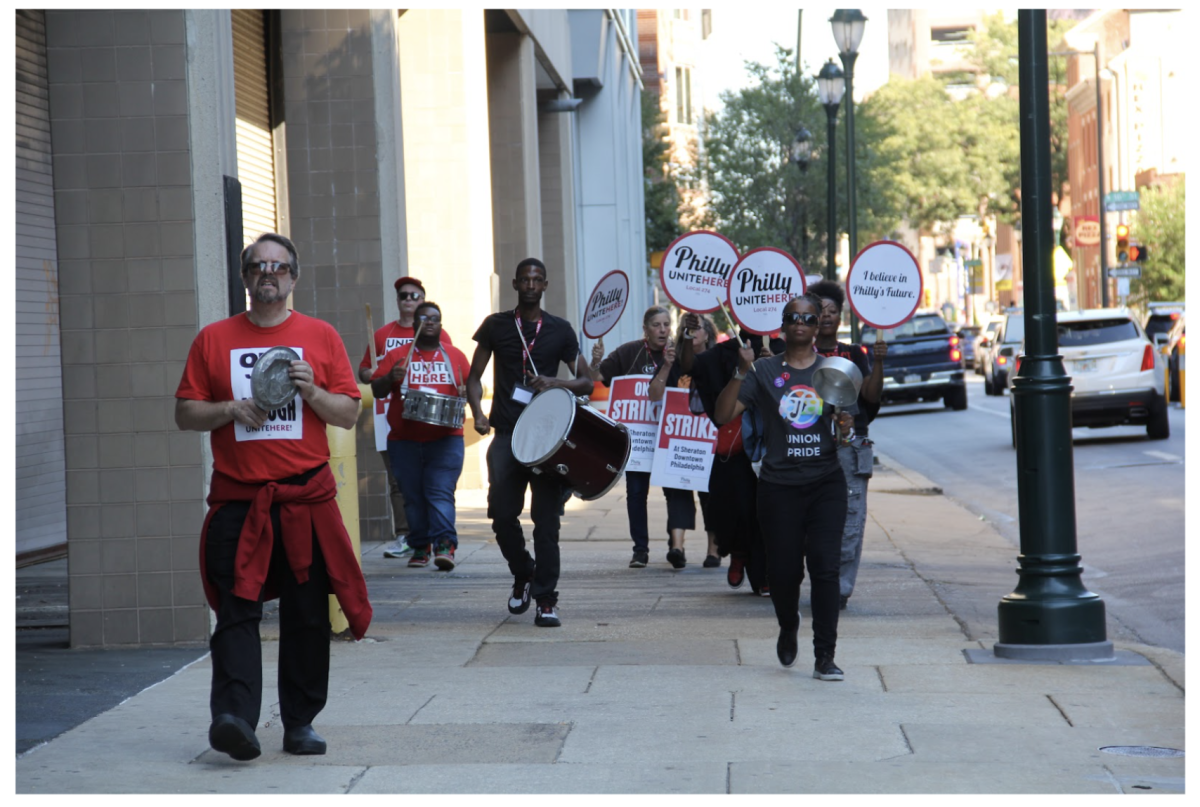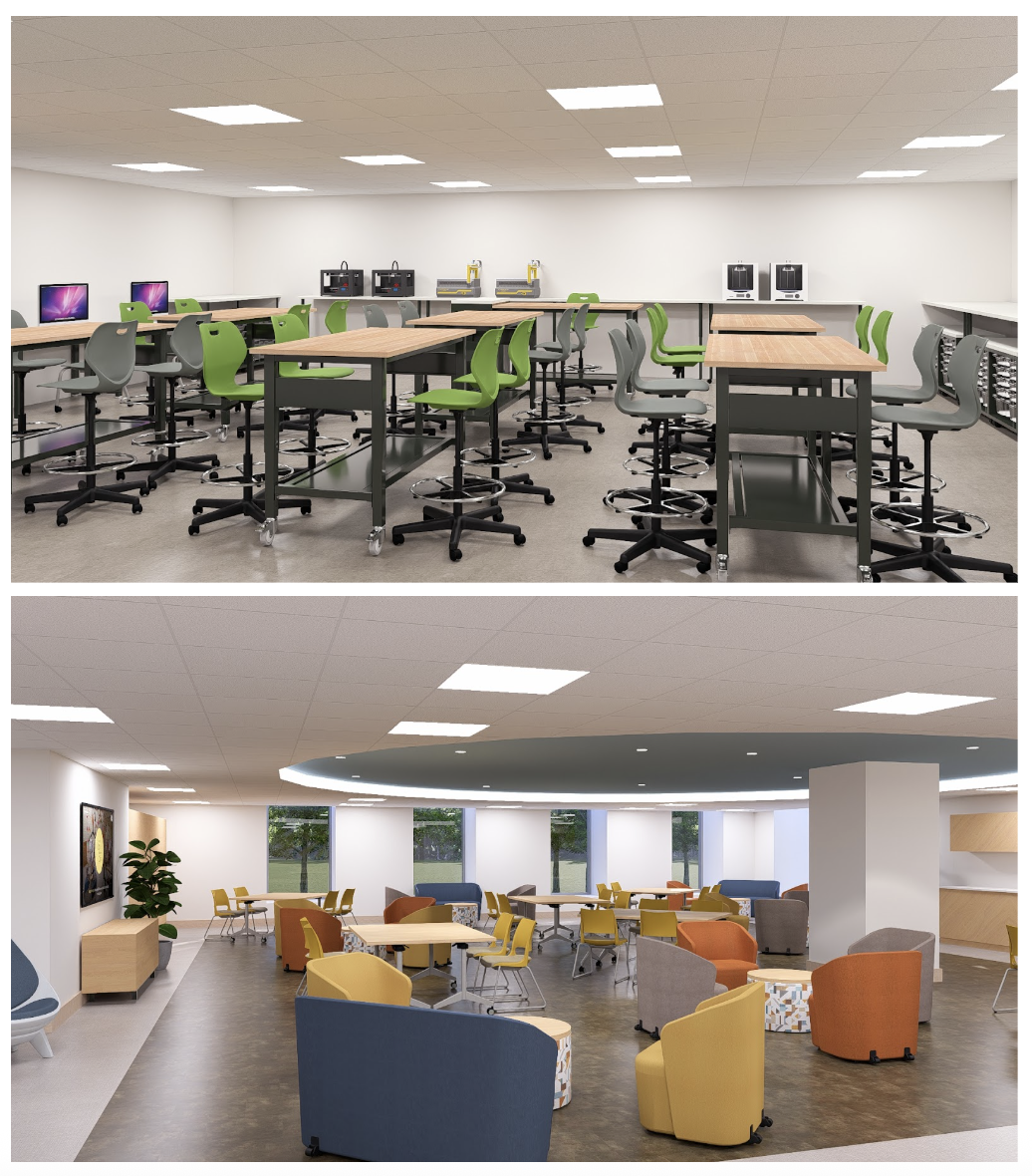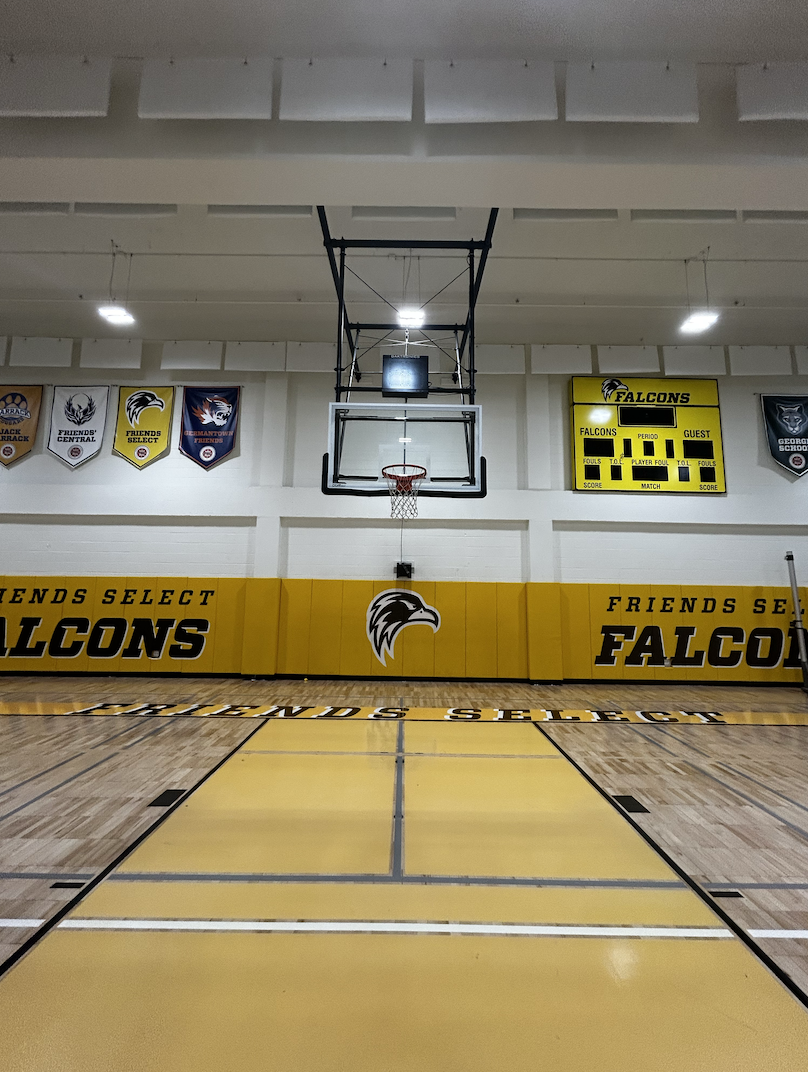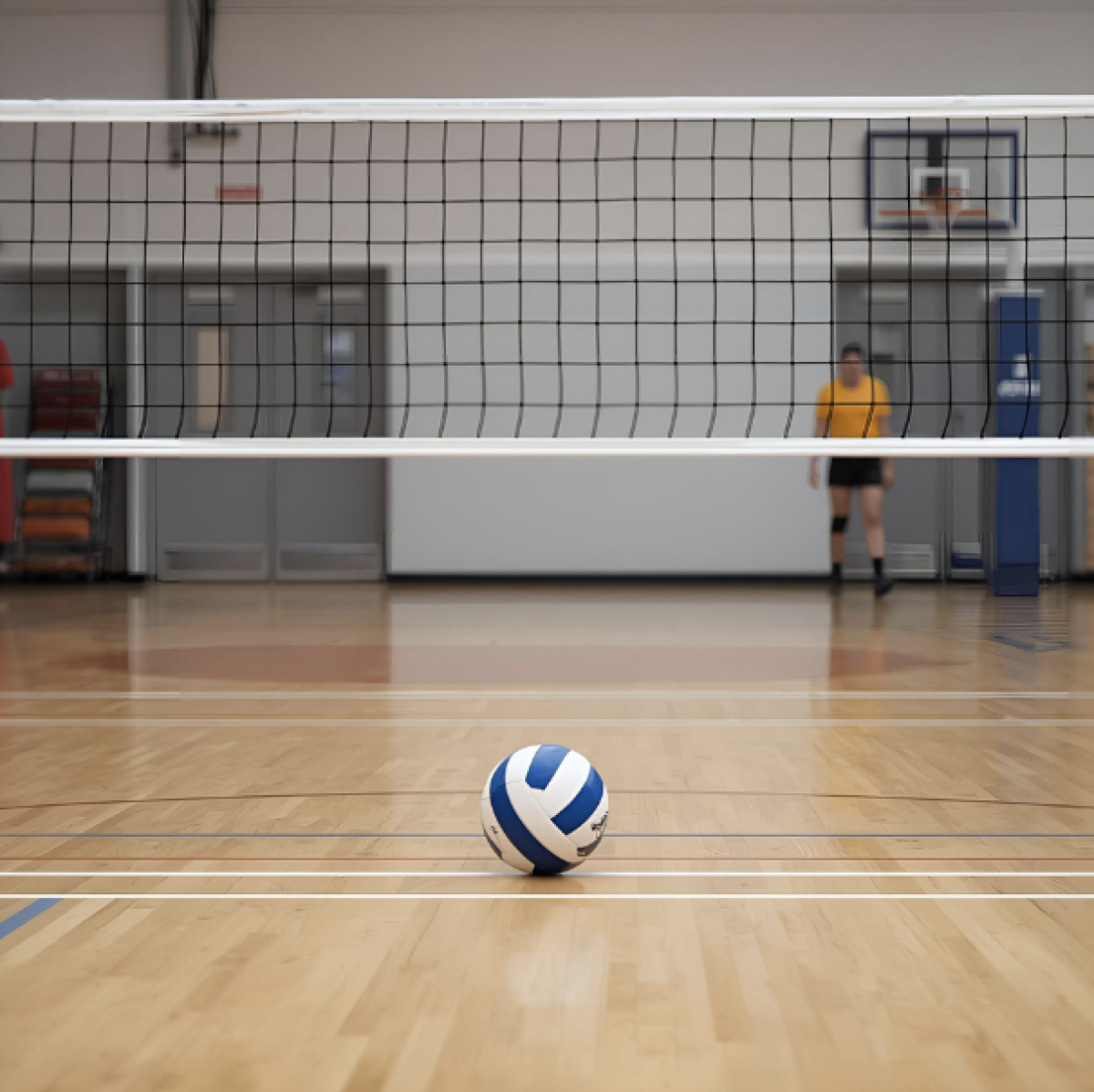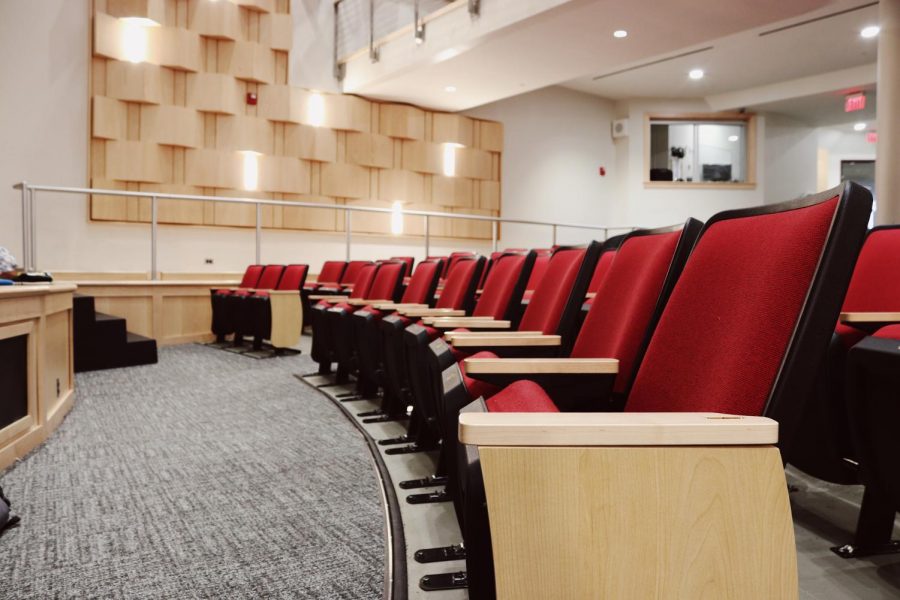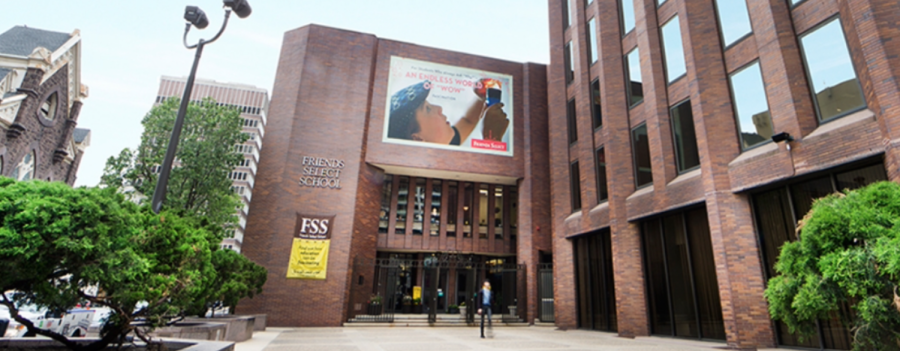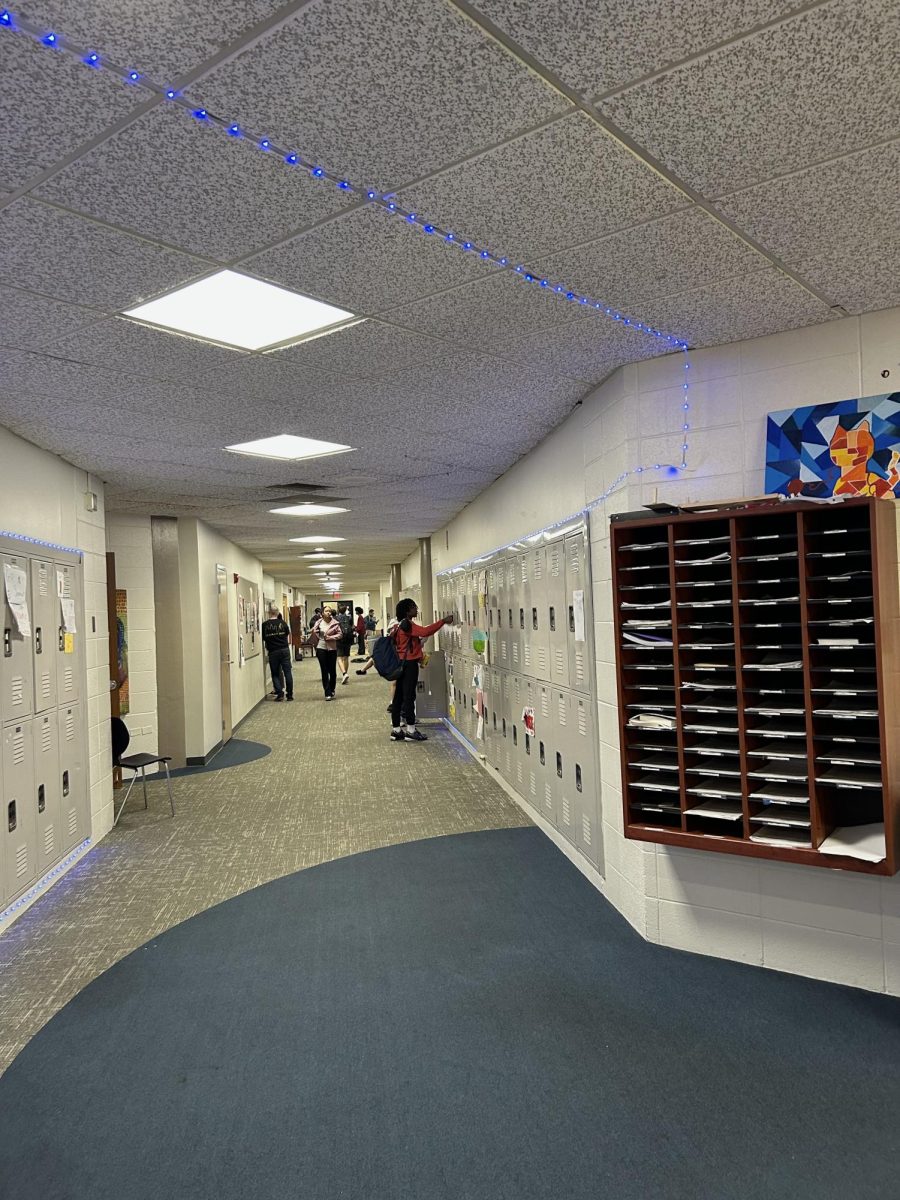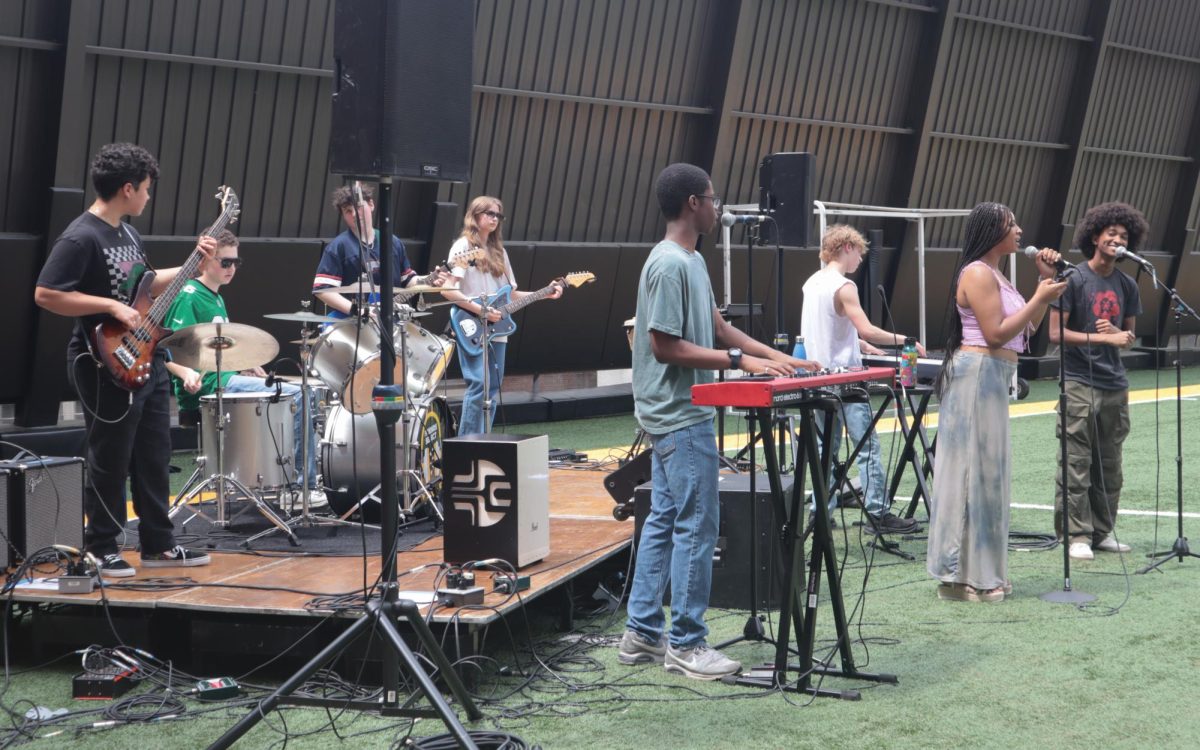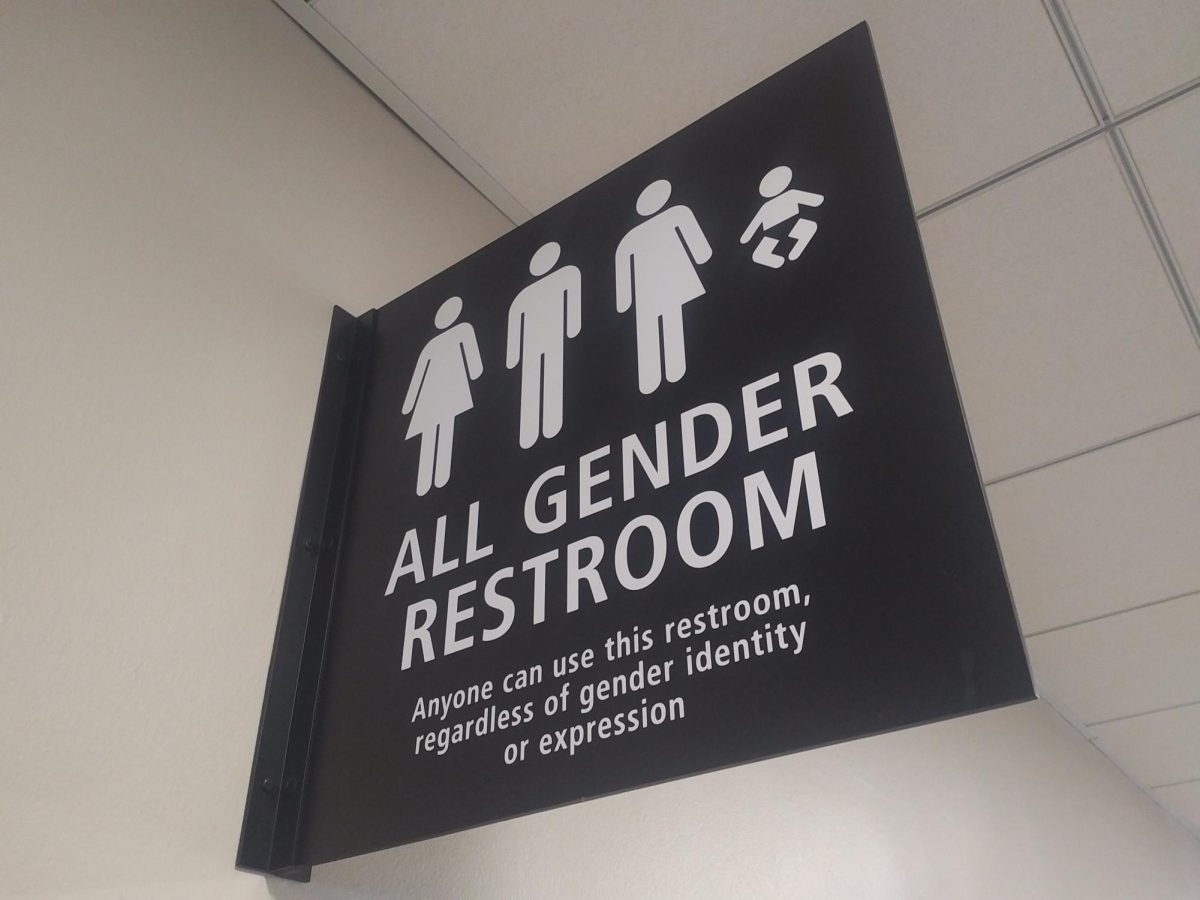Currently, all bathrooms at Friends Select have transitioned from gendered to gender-neutral. Since 2023, this change has caused a debate among the community: should our bathrooms be gender-neutral or gendered? I believe having both gender-neutral and gendered bathrooms is the most effective way to be inclusive to all community members while respecting people’s personal preferences.
There are many pros and cons regarding gender neutral bathrooms. Some benefits may include privacy, efficiency in the washroom, and comfort for community members. In public spaces that experience varying levels of attendance, such as restaurants and event centers, this approach to sanitation seems to be the most logical, as it can help reduce wait times. It has also been shown to prioritize inclusivity, providing a space for people who might otherwise feel uncomfortable in a traditional bathroom environment. Jeannie Suk Gearson from The New Yorker argues, “When men, gay or straight, can stand shoulder to shoulder at urinals without a second thought, is there much to back up the view that men and women must not pee or poop next to one another, especially if closed stalls would shield them from view?”
On the contrary, gendered bathrooms can offer distinct advantages, including specialized privacy, clear expectations for users, and act as a safe space for individuals who may feel uneasy using shared, gender-neutral options. Gendered bathrooms also offer facilities that are tailored to gender, such as urinals, and alleviate potential anxieties towards a gender-neutral option. Furthermore, it is a century-old sanitation model, with the first sex-specific bathrooms originating in France in the 1700s. Since then, it has been the standard most people are used to. However, in recent years, gender-neutral options have been proposed as more inclusive and accommodating to all.
In an optional survey I conducted, 30% of the 77 upper school students preferred gendered bathrooms as their primary option. Friends Select alumnus Patrick Ryan interviewed community members on their thoughts on the change to gender-neutral in September of 2023. Khalea Robinson ‘25, states, “I thought of the gendered bathroom as a safe place just for girls, and the new shared bathrooms don’t feel the same… I think gender-neutral bathrooms are important, but I don’t think they should take up every bathroom at the school.”
While it could be argued that one model is better than the other, implementing both gender-neutral and gendered options will satisfy the preferences of everyone in the community. Both bathroom options should be easily accessible to upper school students during the school day. From my survey, I gathered that the general feeling about our current bathroom situation was that the majority prefer a single stall, like in the STEAM building, to the multi-stall communal layout in the main building. One 12th-grade transgender male writes, “I strongly prefer gender-neutral bathrooms, but the execution of this at Friends Select is inherently flawed. My main issues are with the communal gender-neutral bathroom design in the main building; all the problems would be fixed if they were single-stall like in the STEAM building.” Respondents also expressed interest in male and female bathrooms in tandem with gender-neutral options: 39% stated they preferred a mix of the two, compared to only 16% of students who preferred a solely gender-neutral approach. Finally, through a conversation I had with an anonymous faculty member, they disclosed that they would prefer to choose between a gender-neutral or gender-specific bathroom. By having a mix of both, upper school students and faculty will choose to use whatever they feel most comfortable with.
In closing, I would like to recognize the flaws within my survey. While my results were in favor of my argument, having more specificity in my questions could add clarification and further my point. If I specified single-stall bathrooms instead of the communal bathrooms we currently have, the statistics might change from what they currently are. Despite this, a mix of single-stall and gendered options would be the most beneficial to the diverse needs of our community.


